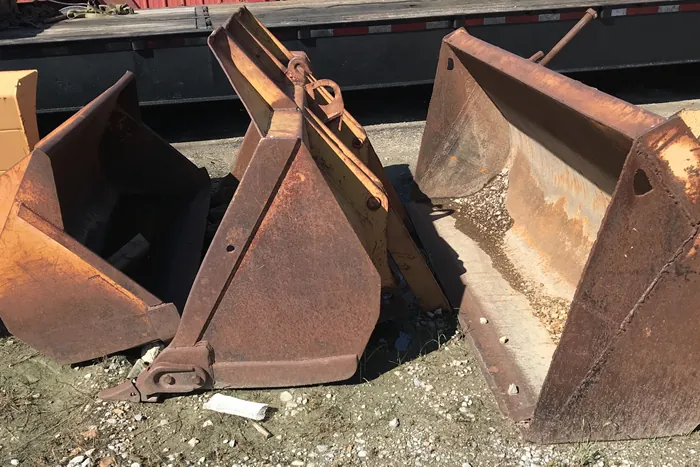Excavator Links:Understanding the Variations

excavators are versatile heavy machinery used across various industries, from construction to mining. Central to their operation are excavator links, critical components that connect the boom, arm, and bucket, enabling the machine's digging and lifting functions. Despite their seemingly straightforward function, excavator links come in various types, each designed for specific applications and performance requirements. Understanding the differences between these links is essential for optimizing excavator performance and durability.
Boom Links:
Boom links connect the excavator's main boom to the machine's mainframe. They endure significant stress and must withstand bending and torsional forces during operation. Boom links are typically long and robust, constructed from high-strength steel to provide stability and support to the boom structure.
Arm Links:
Arm links, also known as stick links, connect the boom to the excavator's arm, which houses the hydraulic cylinders responsible for controlling the arm's movement. These links are subjected to bending and shearing forces as the arm extends and retracts. Arm links vary in length and design based on the excavator's reach and lifting capacity requirements.
bucket links:
Bucket links connect the arm to the bucket, the tool used for digging and material handling. These links experience intense wear and abrasion as they interact with the ground and excavated materials. Bucket links are typically reinforced with wear-resistant materials or equipped with replaceable wear parts to prolong their lifespan and maintain performance.
Track Links:
In addition to the structural links mentioned above, Excavators rely on track links to support and propel the machine. Track links form the continuous chain that wraps around the sprockets and rollers, allowing the excavator to traverse various terrains. These links are subjected to repetitive bending and tension forces and must withstand abrasive conditions without compromising traction or stability.
Specialized Links:
Depending on the specific requirements of certain applications, excavators may be equipped with specialized links designed for particular tasks. For example, long-reach excavators used in dredging or demolition may feature extended boom and arm links to achieve greater reach and height. Similarly, high-reach excavators used in building demolition may employ reinforced links to withstand the increased stresses of demolition work.
In summary, excavator links play a crucial role in the machine's performance and longevity. Understanding the differences between boom, arm, bucket, and track links is essential for selecting the appropriate components based on the excavator's application, workload, and operating conditions. By choosing the right links and maintaining them properly, operators can ensure optimal efficiency, productivity, and reliability from their excavators.
Why Choose SAIVS™ as Your Supplier?
Committed to innovation and customer needs, SAIVS specializes in high-quality machinery components for diverse industries like construction, mining, and agriculture. They offer a wide range of parts, including undercarriage components for popular brands, ensuring optimal performance and durability. values customer satisfaction, providing competitive prices, fast shipping, and exceptional service to keep your operations running smoothly.